The content of the article
Rare people who care about their health, go for a check-up to the dentist. Therefore, they have to flee to the doctor when caries has affected most of the dentin and the toothache becomes unbearable. Having visited the dentist, we hope that all the bad behind and after medical care will not hurt the tooth. However, this is not always the case. Often, after the patient comes home, the pain does not recede. In this case, it is very important to find out what kind of pain this is - a residual phenomenon after treatment or a complication in the form of a doctor's mistake. In this article we will talk about the phased filling of the tooth canals, pain that can arise for various reasons and ways to solve the existing problem.
Stages of dental canal filling
In order to understand where pain can come from when filling a tooth, it is necessary to consider in more detail the process of caries treatment.
- First of all, the doctor conducts an examination, assesses the condition of the tooth and draws up a treatment plan. In order to assess the scale of destruction, an x-ray is made, on which a carious cavity is visible.
- Anesthesia is made to the patient before the start of treatment. The type and amount of the drug depends on the individual characteristics of the patient.
- Then the doctor proceeds to clean the tooth from the cavity. This is one of the most important stages in the treatment of a tooth, since even a small piece of affected dentin left during treatment can lead to re-inflammation.
- In some cases, caries penetrates the tooth so deeply that it affects the nerve. Inflammation of the dental nerve is called pulpitis. When pulpitis, the doctor is forced to remove a sore nerve. This is done using special tools. It is very important to remove all segments of the inflamed nerve.
- Then the doctor makes a repeated X-ray image to check whether there is caries in the cavity of the tooth.
- After that, the cavity is thoroughly dried from saliva and treated with various antibacterial solutions.This is done to cleanse the canal from germs and bacteria that can cause inflammation under the filling.
- Next, set the seal. This process is long and multi-layered. First, dentin is prepared for better adhesion of the composite material, then a gradual imposition of a seal with intermediate fixation with ultraviolet is performed. In some cases, with severe inflammation, a temporary seal is placed for no more than three weeks. But usually they establish a permanent filling that lasts for a rather long time - up to several decades. The upper part of the seal is selected in color depending on the hue of the natural tooth.
- The final stage is the grinding of the filling to preserve the bite. This is very important, because the wrong bite can put pressure on the adjacent teeth, a person will not be able to close his jaw and chew normally, which leads to serious discomfort.
So is the standard tooth filling. Knowing all the stages of a medical procedure, you can better understand what kind of mistake can lead to pain after the filling of the dental canal.
Why does the tooth hurt after filling
Causes of toothache after canal filling
If the pain is not physiological, most likely this is a doctor's mistake or a reaction to the material from which the seal is made. Let's try to consider in more detail - why the tooth hurts after the procedure of filling.
- One of the main causes of pain in the tooth is not enough high-quality cleaning and removal of the cavity.If even microscopic residues of a caries-damaged tooth remain in the canal, the inflammation begins with a double effect. The treatment in this case is quite long - you need to open the canal again, clean it again and seal it again.
- Another reason why pain occurs is a cyst. If the treatment was incorrect - that is, either the carious cavity was not cleaned enough, or it was not processed before installing the filling, then a cyst can form near the tooth - a tissue bag with liquid or pus. In this case, the pain in the tooth is usually accompanied by a general deterioration of the patient's state of health - the patient feels weak, his temperature rises - both general and local, the gums become red and swell.
- In some cases, the pain may occur when clenching the teeth. This indicates a lack of polishing of the seal. When a patient clenches his teeth, the filling, which is not fitted under his jaws, puts pressure on the soft tissues of the dentin, which gives such painful sensations. If the tooth hurts only when squeezing, then re-treatment will not take much time - it will take only high-quality grinding.
- After treatment, the tooth may hurt if the inflamed nerve is not completely removed. Pain with residual pulpitis is quite acute, pulsating, aggravated by touching the tooth. In this case, the treatment is also long - you will have to open the canal again, remove the filling and remove all remnants of the inflamed nerve.
- In some cases, the cause of pain in the tooth may be perforation of the dental canal. It so happens that during the cleaning of the dentin from the cavity in the tooth wall can be made a hole. Often the doctor does not notice this, because recently only automatic tools are used. Subsequently, a seal is placed inside, which directly contacts the gum mucosa from the inside. This leads to severe pain. The treatment is quite painstaking - the sealed canal is opened again; to remove the hole, the perforations are treated with a special glue that will not allow the material of the seal to come into contact with soft tissues.
- Quite rarely, but such cases still occur, in the dental canal remains a foreign object, namely, part of the small instrument of the doctor. The pain in this case is not pronounced, but can gradually increase over time.In this case, it is necessary to open the canal, remove the foreign body and fill the tooth again.
- The cause of pain after tooth filling can be an allergic reaction to the filling material itself or to anesthesia. If the reaction was to the drug for pain relief, the pain gradually disappears, the situation just needs to be relived. If the reaction has occurred on the paste for filling, then the material will have to be replaced, otherwise the inflammation will only increase.
These are the main factors that can be the cause of toothache after filling. But how to determine this cause? How to understand why a tooth aches and what to do with it?
What to do if a tooth ache after filling the canal
First, you need to understand that it is almost impossible to distinguish physiological and pathological pain from each other in the first days after treatment. We must wait a few days, perhaps the pain subsides. In order to temper her, in the first days after treatment, you should drink painkillers - Analgin, Trimol, Pentalgin, Nurofen, Ketoprofen, etc. Relieve the pain in the mouth will help warm rinse with sea salt, baking soda, decoction of chamomile and calendula.You can moisten a cotton swab in a tincture of valerian or lemon balm and attach to the painful area. To remove inflammation from the gums will help a piece of ice. It is much more useful to freeze not just water, but chamomile decoction - it soothes, removes swelling and inflammation. For severe pains, moisten the cotton swab with a solution of Lidokoin and apply it to the painful area. If the pain is postoperative, it will disappear within 2-3 days.
Choosing a dentist is very important, because only an experienced and highly qualified specialist will help you to get rid of the disease not only effectively, but also safely. Do not go to underground clinics of dubious quality, do not be tempted by suspiciously low prices.Be sure to ask your doctor about his qualifications, licenses for various types of treatment, the degree of professional skills, his experience. In the end, you can use the word of mouth method - ask your friends if they have a proven dentist who can solve your problems. After all, the recovery period largely depends on the skill of the dentist.
Video: why does the tooth hurt after filling

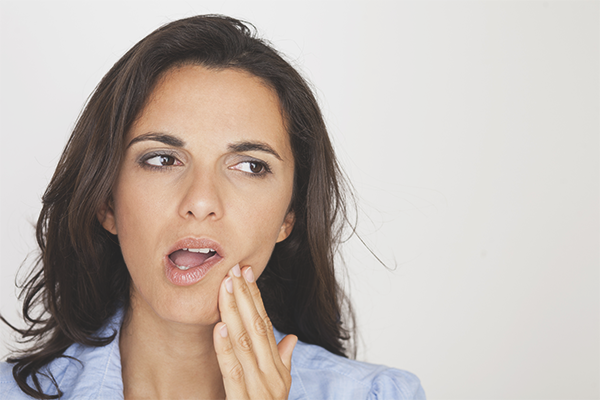


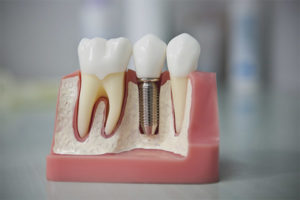

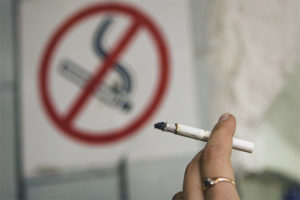

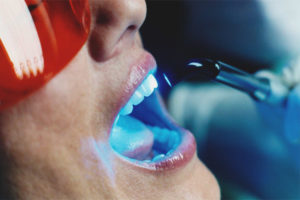
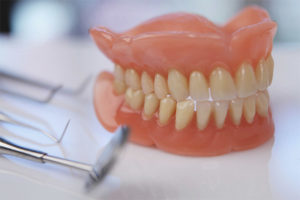

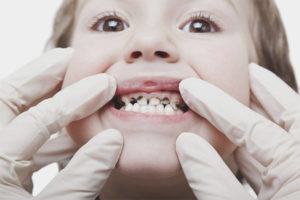
To send